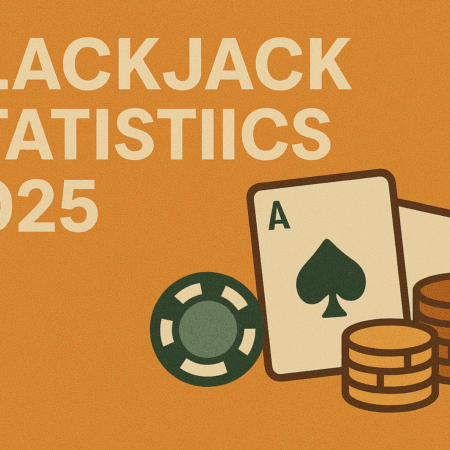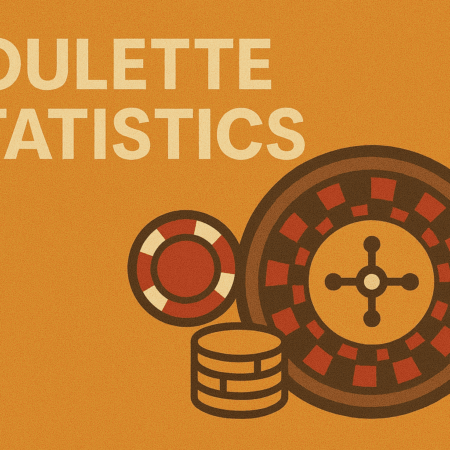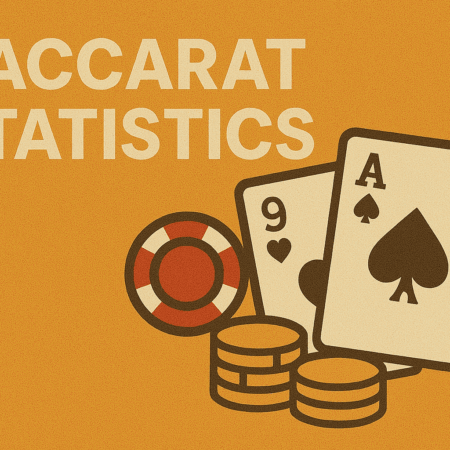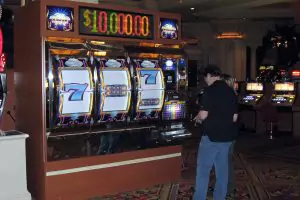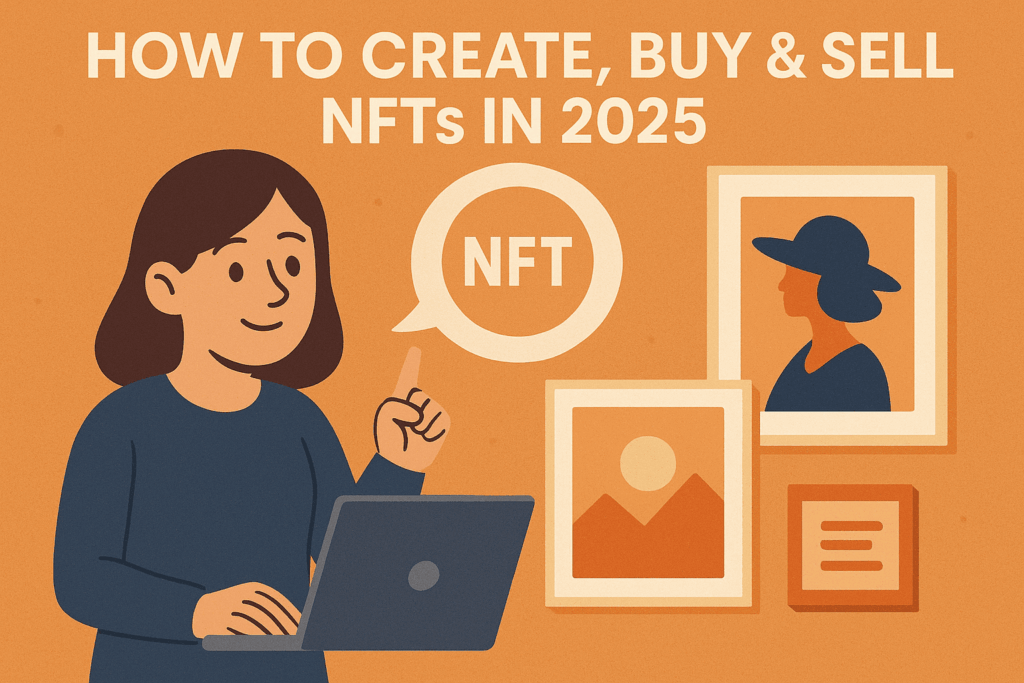
Non-fungible tokens (NFTs) have evolved from pixelated art collectibles into a multifaceted digital asset class. Whether you’re an artist, gamer, collector, or investor, NFTs in 2025 represent more than just hype — they offer utility, ownership, and access to decentralized experiences.
This guide walks you through exactly how to create, buy, and sell NFTs in 2025 — all while navigating new technologies, eco-friendly chains, and global marketplaces.
- Sign-Up Offer
- FREE 500 GC + 3 SC
- No purchase necessary
- 100% First-Purchase Boost
- Daily Login Bonus: 10 FS
- Social Media Contests
- VIP Exclusive Rewards
What Are NFTs in 2025?
NFTs are unique cryptographic tokens stored on a blockchain that represent ownership of digital or physical assets. Unlike cryptocurrencies like Bitcoin, NFTs aren’t interchangeable. Each one is distinct.
In 2025, NFTs extend far beyond art — they include:
- Music and video rights
- Tokenized real estate or luxury items
- In-game digital assets (skins, items)
- Event tickets and memberships
- Academic credentials and legal documents
- AI-generated or collaborative creations
With maturing infrastructure and cross-chain support, NFTs are becoming easier — and safer — to trade, mint, and collect.
Step 1: Choose the Right Blockchain
Your choice of blockchain affects fees, visibility, and market compatibility.
Top NFT Blockchains in 2025:
- Ethereum: Still dominant, now with widespread Layer 2 support (Optimism, Arbitrum, Base).
- Polygon: Preferred for low fees and eco-conscious minting.
- Solana: Fast, affordable, gaining traction for gaming and music NFTs.
- Immutable X: Leading for game assets with gas-free minting.
- Bitcoin (via Ordinals): Growing for NFT inscriptions, though less versatile.
Tip: If you’re new, start with Polygon or Ethereum (Layer 2) for the most support and interoperability.
Step 2: Set Up a Digital Wallet
A crypto wallet is your passport to creating and transacting NFTs. It lets you sign in to marketplaces and manage digital assets.
Best Wallets for NFTs in 2025:
- MetaMask: Industry standard for Ethereum and EVM-compatible chains.
- Phantom: Excellent for Solana-based NFTs.
- Rainbow: Simple interface, ideal for beginners.
- Ledger or Trezor: Hardware wallets for long-term secure storage.
When setting up:
- Write down your seed phrase offline
- Enable 2FA
- Avoid phishing links — bookmark official sites
Step 3: Pick an NFT Marketplace
NFT marketplaces serve as your shopfront. They allow you to list, browse, buy, and sell NFTs. Some are generalist, while others focus on specific niches like music, gaming, or photography.
Top NFT Marketplaces in 2025:
| Marketplace | Chains Supported | Niche |
| OpenSea | Ethereum, Polygon, Solana | General-purpose |
| Blur | Ethereum | Advanced trading, pro tools |
| Magic Eden | Solana, Bitcoin, Ethereum | Gaming & collectibles |
| Zora | Ethereum, Optimism | Creator-first minting |
| Foundation | Ethereum | High-end digital art |
| Mintify | Cross-chain | Aggregator for minting and sales |
Tip: Check if your chosen blockchain is supported before listing or minting.
Step 4: Create & Mint Your NFT
Once you’ve chosen a chain and marketplace, it’s time to mint — the process of registering your NFT on the blockchain.
How to Mint an NFT:
- Connect Your Wallet: Log in to your chosen marketplace.
- Upload Your File: This can be an image, audio, video, or 3D model.
- Add Metadata:
- Title
- Description
- Attributes (rarity, version, etc.)
- Unlockable content (e.g., high-res files, links, documents)
- Title
- Choose Collection or Standalone: Group your NFTs or list individually.
- Set Royalties: Earn a % every time your NFT is resold.
- Pay Gas Fee (if applicable): Polygon and Immutable X often cover this.
- Click “Mint”: Your NFT will be registered and live on-chain.
Eco-Tip: Use L2 chains or proof-of-stake networks to reduce carbon footprint.
Step 5: Promote Your NFT
Minting is only the beginning. To sell or grow a community, you’ll need visibility and storytelling.
Promotion Strategies:
- Build on X (formerly Twitter): Showcase process, teasers, and utilities.
- Join Discord groups: Find collectors and engage with niche communities.
- Collaborate: Work with other artists or NFT influencers.
- Use paid tools: Platforms like PREMINT or Bueno offer allowlists and minting widgets.
- Leverage SEO: Title, keywords, and alt-text in listings help discoverability.
Step 6: Buying NFTs in 2025
Looking to start your collection or invest?
How to Buy NFTs:
- Browse Verified Marketplaces: OpenSea, Blur, Magic Eden.
- Connect Wallet
- Check Metadata: Confirm authenticity, creator, and royalties.
- Understand Pricing:
- Fixed Price: Buy instantly
- Auction: Bid over time
- Dutch Auction: Price drops over time
- Fixed Price: Buy instantly
- Review Gas Fees: Use L2s or time purchases when gas is low.
- Complete Purchase: Sign the transaction in your wallet.
Optional: Store in a cold wallet for added security.
Step 7: Selling NFTs in 2025
Selling can be a flip or a long-term brand strategy.
How to Sell:
- List on Marketplace:
- Choose between fixed price or timed auction.
- Consider listing rarity and creator clout.
- Choose between fixed price or timed auction.
- Promote It: Share across socials, newsletters, and Discord.
- Price Competitively: Use tools like NFTGo, Blur analytics, and Rarity.tools.
- Manage Royalties: Most platforms respect the creator cut (~5–10%).
- Watch for Trends: Certain collections or utilities (staking, gaming) sell faster.
Future of NFTs in 2025 and Beyond
NFTs are no longer just collectibles. Here’s where things are heading:
- AI-Generated & Collaborative NFTs: Artists co-create with generative models.
- Soulbound Tokens (SBTs): Non-transferable identity and academic credentials.
- NFT Rentals: Temporary access to assets, games, or IP.
- Real-world Tokenization: Property, patents, and luxury items on-chain.
- Regulation & Compliance: New AML/KYC standards for creators and buyers.
FAQ: NFTs in 2025
❓ What is the cheapest way to mint an NFT in 2025?
Use platforms on Polygon or Immutable X. Some marketplaces (like Zora) offer gasless minting via Layer 2s.
❓ Can I create NFTs without knowing how to code?
Yes. Platforms like OpenSea, Zora, and Foundation have easy-to-use, no-code interfaces.
❓ Are NFTs still profitable in 2025?
While hype has cooled, niche markets (gaming, music, and AI art) remain profitable. Community and utility drive long-term value.
❓ What are NFT royalties, and how do they work?
Creators can set a royalty (e.g., 5–10%) that pays them every time the NFT is resold. This is embedded in the smart contract.
❓ Are NFTs taxed in the U.S. or EU?
Yes. Selling or trading NFTs may incur capital gains tax. Check local regulations and keep records of purchases and earnings.
❓ Can I make NFTs from physical items?
Yes. You can tokenize real-world assets using services that provide NFT certificates with legal backing or escrow services.
❓ What is a Soulbound Token (SBT)?
An SBT is a non-transferable NFT tied to your identity—used for diplomas, KYC, or proof of attendance.
Final Thoughts
NFTs in 2025 have matured into an ecosystem of tools, communities, and utilities. Whether you’re an artist, investor, or collector, the barriers to entry are lower than ever — but so are the shortcuts to failure.
Do your research, mint responsibly, and stay curious. The next wave of NFTs might not look like a JPEG at all — it could be your next passport, playlist, or house deed.

 Canada
Canada Deutsch
Deutsch Español
Español Português
Português